Search Results for 'Paddy Lydon'
5 results found.
The scholars of '73
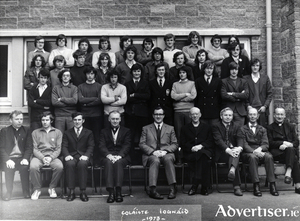
What memories do you have of your schooldays? Here are some reminiscences of a few old ‘Jes-mugs’.
The Jesuits in Galway
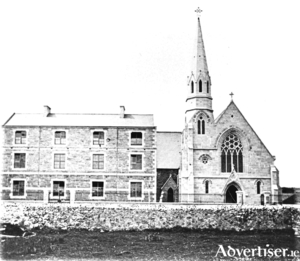
There is historical evidence to show that the Jesuits were already in the city in the early 1600s, combining the work of ministry and education. In 1645, the Order set up their first college in Galway on Lower Abbeygate Street, where Powell’s shop is today. They were forced to leave the city by the Cromwellians, but they came back. They were forced to leave the city by the Williamites, but they came back. They had to close their Galway residence in 1768 due to a lack of manpower but they were persistent and came back again, and in 1859 they took over a house on Prospect Hill and the following year, set up a college in Eyre Square.
The class of ‘82
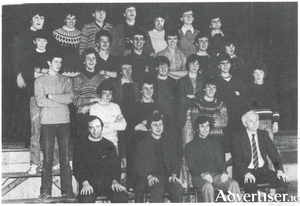
One hundred and sixty years ago, in 1862, the Jesuits opened the doors of St Ignatius' College on Sea Road for the first time. They also opened a community residence and a church at the same time. To take on such an ambitious building project at a time when the economic state of the country was so bad took courage and vision.
Eyre Street at the turn of the century
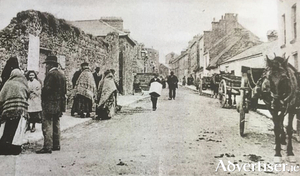
Edward Eyre arrived in Galway with the Cromwellian army, became a major political figure, and secured extensive grants from the Corporation and a considerable amount of property in both the city and county, mostly from displaced Catholic families, in the period 1660 to 1670. Most of this property was outside the town walls and included areas that we now know as the railway station, Forthill Cemetery, Victoria Place, Merchants Road, the Commercial Dock, Woodquay, Suckeen, and Eyre Square.
The first co-ed class in the Jes
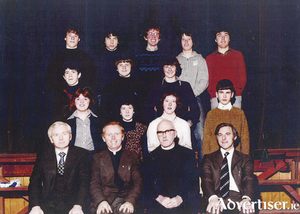
St Ignatius College’ on Sea Road opened its doors for the first time in 1862. The Jesuits built a residence and a church at the same time and the move proved to be a success for them. Attendances at Mass and ceremonies grew rapidly. The college, however, was more of a challenge. The boys ranged in age from nine to 13 and the subjects taught included mathematics, Latin, Greek, and elocution. The numbers at first were as expected. They grew steadily to 90 in 1865 and reached 110 by 1874, but they began to fall thereafter and were inconsistent from year to year. The number recorded for 1899 was 49.

